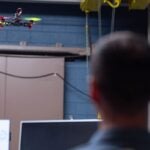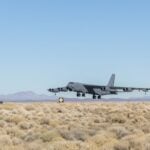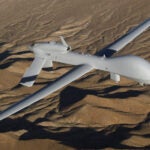By Geoff Fein The Navy needs to leverage science and technology initiatives to provide sailors a warfighting edge, and sustain that edge into the future, the Chief of Naval Operations (CNO) said in his 2010 guidance. "That edge includes advances in human performance and protection, total ownership cost (TOC), autonomy, and power and energy. These and other focus areas are codified in the Naval S&T Strategic Plan and, together with direct Enterprise engagement, help connect warfighter requirements to science and…
Contract Updates
CORRECTION: The contract announced on Sept. 29 2025 (for A-GAS US Inc., Bowling Green) – $31,442,629
CORRECTION: The contract announced on Sept. 29, 2025, for A-GAS US Inc., Bowling Green, Ohio (SPE4A7-25-D-0386) for $31,442,629 was not awarded.
UPDATE: Somo Lens LLC (Santa Fe Springs, California (SPE2DF-26-D-0004) – $37,500,000)
UPDATE: Somo Lens LLC,* Santa Fe Springs, California (SPE2DF-26-D-0004, $37,500,000) has been added as an awardee to the multiple award contract for optical lens program for the Defense Logistics Agency Electronic Catalog, issued against solicitation SPE2DE-24-R-0002 and awarded on May…
UPDATE: Hologic Sales and Service LLC (Marlborough, Massachusetts (SPE2D1-26-D-0005) – $95,000,000),
UPDATE: Hologic Sales and Service LLC, Marlborough, Massachusetts (SPE2D1-26-D-0005, $95,000,000), has been added as an awardee to the multiple award contract for medical equipment and accessories for the Defense Logistics Agency Electronic Catalog, issued against solicitation SPE2DH-21-R-0002 and awarded Feb.…
Vertex Aerospace LLC (Madison, Mississippi) – $
Vertex Aerospace LLC, Madison, Mississippi, was awarded an undefinitized contract action with a not-to-exceed price of $ 20,995,905 for F-16 Systems Program Office Foreign Military Sales (FMS) support. This contract action involves FMS support for contractor logistics support (CLS) for…













